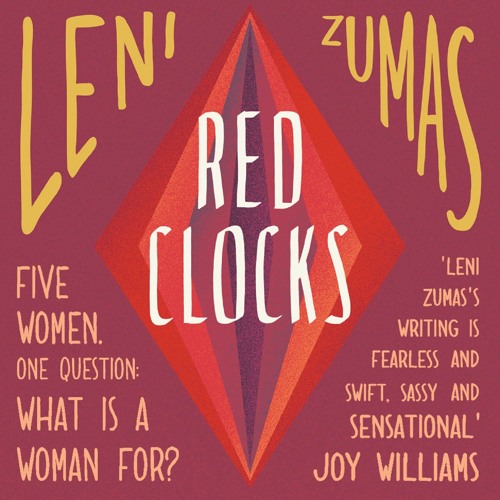

Forty-two and single, with no interest in romantic partnership, she desperately wants to be a mother. In the small coastal Oregon town where Red Clocks is set, four women are affected by these developments in various ways: As the book opens, the Every Child Needs Two Act is set to take effect in two months, legally mandating that all adoptive parents be married and obtain government approval before taking in a child. Not only is abortion now considered murder, but miscarriages can be manslaughter and in-vitro fertilization is banned (because the embryo cannot consent to be moved into the womb).


The novel is set in a near-future version of the United States, where the newly-ratified Personhood Amendment to the Constitution now grants rights of life, liberty, and property to every fertilized human egg. Each of the book’s five protagonists are compelled to sacrifice pieces of their sanity and dignity in pursuit simple self-determination. Red Clocks examines some of the ways women navigate the question of whether and how and with whom to have children - and the entitlement society feels to comment on, interfere with, and ultimately constrain these inherently private choices.


 0 kommentar(er)
0 kommentar(er)
